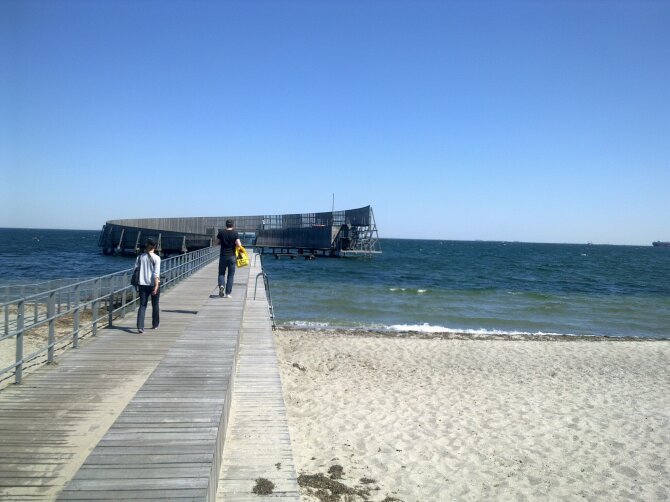Activity 1: Frame Context
This activity gives a better understanding of the context and purpose of the project, based on the vision by the client or developer.
At the start of any project, it is important to understand and clarify legislative requirements, as well as the social context, in order to ensure an Inclusive Design approach. This can be achieved through early-stage user consultation as well as focusing on inter-disciplinary collaboration. Ensure that relevant competencies are involved in the project, and methods for capturing and sharing knowledge are established (see Activity 9 Resource Building).
METHODS
- Workshop: Initial sessions to introduce the concept and methods of Inclusive Design to ensure that this is embedded from the start and introduced to all stakeholders – you may need different workshops for different groups, such as users versus project managers. A theoretical and practical understanding should be defined and tailormade for the project.
- Literature research: See what information already exists and look at guidelines and recommendations from legislation, other projects and practitioners. Look at emerging trends, desk research, books, academic publications and digital media to assess current and future context.
- Similar projects: Learn from the successes and failures of other projects that compare to yours. Map insights and draw inspiration from case studies.
- Inspections: Conduct on-site walk-throughs to see the project context at first hand. You can involve stakeholders, community representatives, the project team as well as people with diverse needs to give diverse perspectives on initial challenges.
- Experience at first hand: Visit similar sites and projects to further explore context and issues. This type of immersive experience can inspire ideas and set direction.
- Define collaboration: As most projects are highly collaborative and involve many people at different stages, it is important to set up communication and collaboration strategies to build trust.
- Champion Inclusive Design: Ensure that Inclusive Design is visible through the creation of guidelines, checkpoints or even a named champion. Establishing a core team drawn from the different project partners will support this. Ensure an interdisciplinary approach and equal voice.

END RESULT
By completing this activity, you will deeply understand the business case, developer's aims and user requirements. You will identify goals, create common objectives and uncover economic interests and social incentives. The creation of an interdisciplinary core team in this initial phase will produce better solutions, fewer mistakes, higher quality and a focus on Inclusive Design, alongside other issues. This leads to positive cooperation and facilitates continuous follow-up throughout the process.